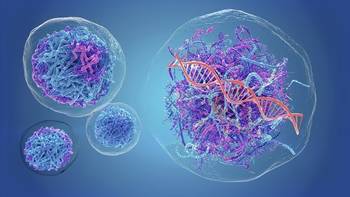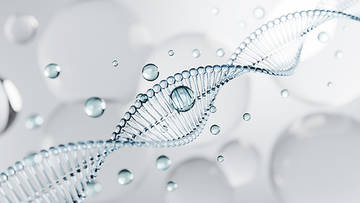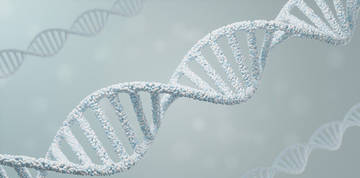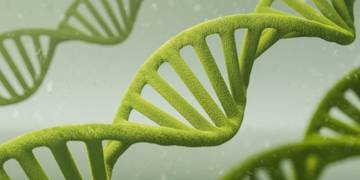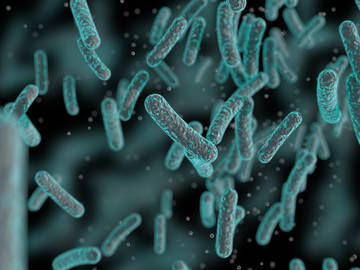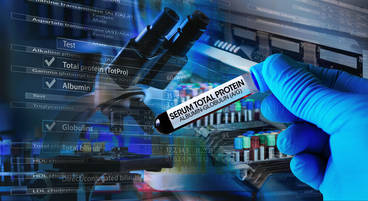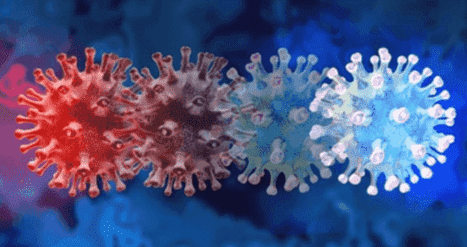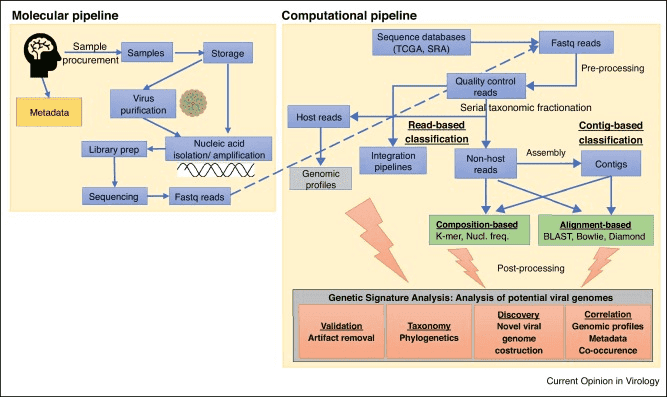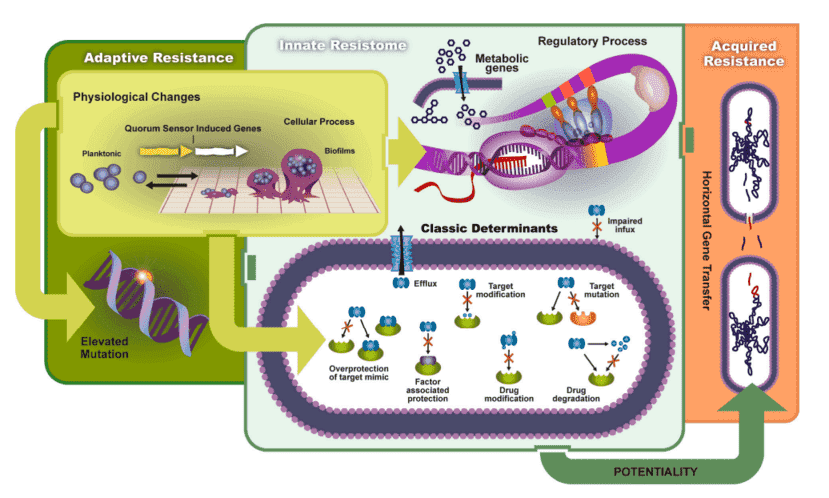Introduction to Quantitative Polymerase Chain Reaction
A highly delicate technique for the amplification and identification of deoxyribonucleic acid is polymerase chain reaction (PCR). In molecular biology, its conceptual simplification has made it the most utilized method and can, in theory, identify as little as a single segment of DNA. Therefore, for a huge variety of bacterial, fungal, viral, and parasite pathogens, it is popularly utilized as a medical method. Even so, rather than DNA, the genome of coronaviruses contains ribonucleic acid (RNA). While RNA is like DNA, it is substantially different to imitate it very ineffectively with Taq polymerase, the conventional enzyme used for DNA amplification. Subsequently, a version of the PCR test called reverse transcription (RT)-PCR, detects RNA. This involves a two-step technique that typically consists of two enzymes; the first step utilizes a reverse transcriptase RNA-dependent DNA polymerase to copy RNA into DNA (cDNA), the second step then shifts to the use of Taq polymerase, which enhances the cDNA as in a standard PCR test. The ease with which RNA in overall, and viral load specifically, can be measured, if sufficient assay parameters are formed and suitable controls are included, is one of the significant advantages of RT-qPCR. At the heart of reliable and repeatable quantification using RT-qPCR is the quantification cycle (Cq).
qPCR for COVID-19 Detection and Research
Presently, one-step quantitative RT-PCR (RT-qPCR) targeting SARS-CoV-2 is performed by the molecular diagnosis of COVID-19 using primers and probes established by China CDC, Charité, HKU, Japan NIID, Thailand NIH, and US CDC; WHO has posted these primer-probe sets. Clinical methodologies of diagnosis have also been employed to define COVID-19 cases in Hubei province, China, starting on February 13, 2020, including CT scanning. While the RT-qPCR assay was a gold-standard means of finding respiratory infectious viruses such as SARS-CoV and MERS-CoV 12-15, there are some restrictions to existing RT-qPCR assays targeting SARS-CoV-2. Firstly, primer-probe sets would cross-react due to the increased resemblance between SARS-CoV-2 and SARS-CoV. Second, the sensitivity of these tests may not be adequate to verify that patients are suspicious at an early stage after admittance. Even so, numerous cases were noted in which the findings of the CT-scan were positive but the findings of the RT-PCR were negative at the initial presentation. Molecular diagnostics' effectiveness could rely on primers, probes, and reagents. For the molecular diagnosis of SARS-CoV-2, prior works have been published to evaluate certain primer-probe sets mentioned in the WHO.
Technical Principles of qPCR-Based COVID-19 (Viral) Detection Kits
After deciphering the SARS-CoV-2 genome, primers and probes are picked from the Open Reading Frame gene region (ORF1a/b) and the viral nucleocapsid region (N). The kit designs primers/probes for the identification of SARS-CoV-2 with specific ORF1a/b genes (labeled by FAM) and N genes (labeled by VIC). In relation, the kit also includes the human gene RNase P (labeled CY5) for clinical detection of specimens.
RNA isolated and purified from samples of the upper and lower respiratory tract is first subjected to reverse transcription to cDNA, then amplified in real-time thermal cycler PCR. Reporter dye at 5 'and quenching dye at 3' are the probes. The quencher is subsumed by the fluorescent signals generated from the reporter dye, so it does not generate signals. During amplification, the Taq enzyme (5'-3 'exonuclease activity), segregating reporter dye from the quencher, and producing fluorescent signals, are chopped off by probes connected to frameworks. A real-time amplification curve based on the signal change is then immediately drawn by the PCR instrument and the qualitative identification of the new SARS-CoV-2 coronavirus at the nucleic acid level is finally realized.
COVID-19 Positive Control: a mixture of the SARS-CoV2 N gene and RP target encoding cDNA plasmids. With the following primer and probe sets: N1, N2, and RP, the COVID-19 Positive Control will produce a better outcome.
References
- Bustin SA, Nolan T. RT-qPCR testing of SARS-CoV-2: a primer. International journal of molecular sciences. 2020, 21(8).
- Jung YJ, Park GS, Moon JH, et al. Comparative analysis of primer-probe sets for the laboratory confirmation of SARS-CoV-2. BioRxiv. 2020.
- Kriegova E, Fillerova R, Kvapil P. Direct-RT-qPCR Detection of SARS-CoV-2 without RNA Extraction as Part of a COVID-19 Testing Strategy: From Sample to Result in One Hour. Diagnostics. 2020, 10(8).


